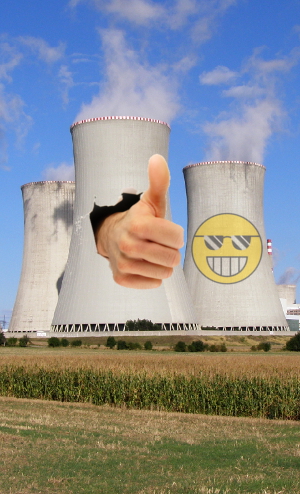New ruling lets Japanese reactors fire
 Japan’s nuclear power industry has won a legal victory against an injunction that was preventing it from running two key reactors.
Japan’s nuclear power industry has won a legal victory against an injunction that was preventing it from running two key reactors.
Greenpeace successfully challenged attempts to restart two reactors at the Takahama power plant north of Kyoto on behalf of a group of residents in neighbouring Shiga prefecture over concerns about the risk of water contamination at Lake Biwa.
At the time, environmentalists hailed it as the first known case in Japanese history of a judge ordering operating nuclear reactor to shut down.
Just three of Japan’s 42 usable reactors are currently running, according to the Japan Atomic Industrial Forum, but the ruling by an Osaka high court this week will see that number rise to five.
The operator, Kansai Electric Power (KEPCO), argued that the shutdown was not based on objective science.
KEPCO president Shigeki Iwane says the Takahama reactors should restart within weeks, and pledged that the company would “make safety our top priority”.
Japan’s nuclear power industry has ground to a halt since the Fukushima Daiichi nuclear disaster in March 2011.
But views are beginning the change, with the government now looking to allow the restart of reactors where it is safe to do so,.
The nation has a target of obtaining between 20 per cent and 22 per cent of its power from nuclear sources by 2030.
Fukushima operator Tokyo Electric Power (TEPCO) is pushing to restart two reactors at the Kashiwazaki-Kariwa nuclear power plant in Niigata prefecture.
TEPCO was recently ordered to resubmit safety documents to the Nuclear Regulation Authority, after previously secret analysis that a key building on the site was not earthquake-proof came to light
At the Fukushima site, TEPCO is still looking for ways to remove fuel and debris as part of a decades-long decommissioning operation.








 Print
Print